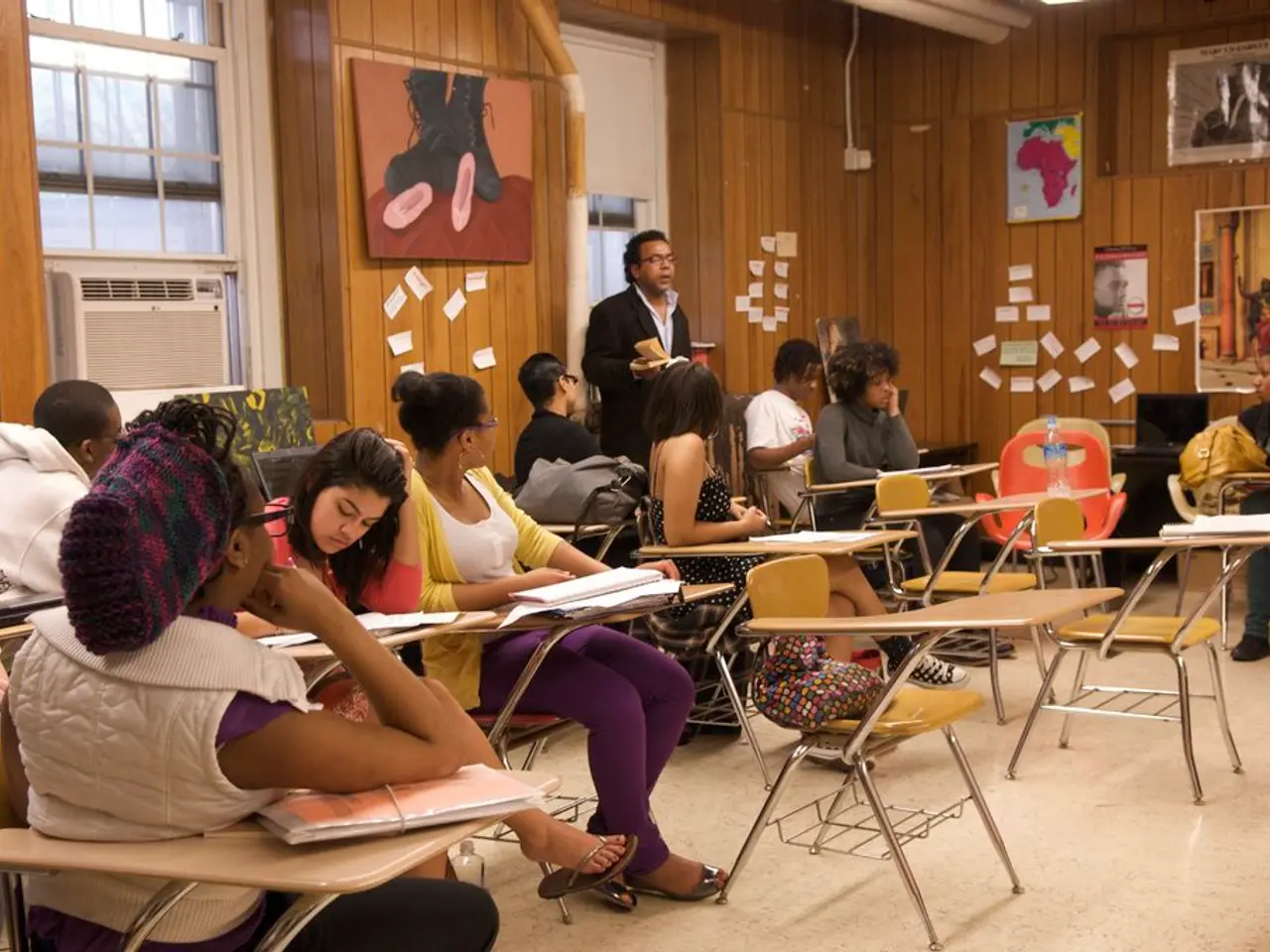Strategies for Seasoned Educators to Embrace Technology in the Classroom
Navigating new technology tools in the classroom can be a daunting task, but there are numerous resources available to support teachers in their learning journey. Whether you're a seasoned educator or new to the digital classroom, here are some strategies to help you develop fluency with these tools.
Independent Exploration and Practice
One effective approach is independent exploration and practice. Trying out new tools in low-stakes contexts allows teachers to build confidence and familiarity over time. This method mimics the "implicit learning" seen in language acquisition, where usage fosters understanding without explicit instruction.
Peer Collaboration and Mentoring
Engaging with colleagues who are more experienced or enthusiastic about technology can provide informal support and tips. Peer collaboration makes the learning process more accessible and less overwhelming, especially since veteran teachers may have different professional learning needs and perceptions than new teachers.
Utilizing Online Resources and Micro Professional Development
Following social media accounts, video tutorials, and short online sessions tailored to busy educators can help teachers acquire targeted skills without committing to full formal PD programs. YouTube, for instance, offers millions of tutorial videos on various technology tools, including specific components like "How to use Quizizz."
Mindful Integration Aligned to Teaching Goals
Veteran teachers who shift from seeing technology as a barrier to a bridge tend to use it to enhance workflows and classroom routines. This approach enables smoother adoption and a sense of control over the technology rather than feeling overwhelmed by it.
Leveraging Community Spaces
Edtech tool developers often include community spaces on their websites or within the platform. These spaces can provide resources for users, including forums, blogs, challenges, sample lesson plans, tutorial videos, and feedback surveys. Locating these community spaces can be helpful in improving your fluency with the technology.
Bridging the Gap for Novice Teachers
It's important to note that novice teachers have been prepared to use technology for teaching through their teacher education programs. However, they may still need additional support in developing their digital literacy skills.
The Role of AI in Education Technology
AI is increasingly being embedded into existing teaching tools. These advancements can streamline administrative tasks and provide personalised learning experiences for students.
Balancing Instructional Time
While the use of these new technologies can enhance teaching and learning, it's essential to ensure that they don't impede on instructional time. Striking a balance between traditional and digital teaching methods is key to creating an effective and engaging learning environment.
Connecting Beyond the Community Spaces
Beyond the community spaces provided on the websites of the technology tools, connecting with one's own networks can also be beneficial. Sharing experiences, asking questions, and learning from peers outside of the provided community can offer unique perspectives and insights.
Preparing Students for the Digital Classroom
It's worth remembering that students, despite being digital natives, may not automatically have strong digital literacy skills without prior instruction. Teachers play a crucial role in equipping students with the skills they need to thrive in the digital age.
In conclusion, the introduction of new technology tools in the classroom doesn't have to be a challenge. By adopting strategies such as independent exploration, peer collaboration, utilising online resources, mindful integration, and leveraging community spaces, veteran teachers can develop fluency with these tools and create engaging, effective learning environments for their students.
- Utilizing online resources and micro professional development, such as YouTube videos, can help teachers acquire targeted skills without committing to full formal PD programs.
- Preparing students for the digital classroom is crucial, as they may lack strong digital literacy skills without prior instruction.
- Leveraging community spaces provided on the websites of technology tools can offer resources like forums, blogs, and feedback surveys for users to improve their fluency with the technology.
- Bridging the gap for novice teachers who have been prepared to use technology for teaching through their education programs yet may still need additional support in developing their digital literacy skills.
- Mindful integration aligned to teaching goals is key for veteran teachers who want to use technology as a bridge to enhance workflows and classroom routines while maintaining control.




